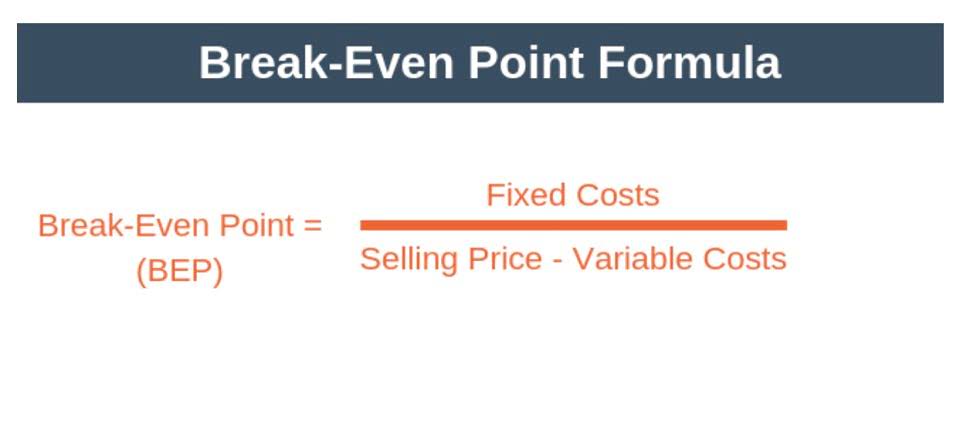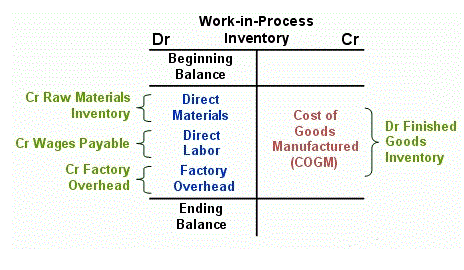
Ultimately, the best way to calculate the reorder quantity will vary depending on the specific business and inventory situation. The important thing is to select a method that meets the needs of the business and provides the desired level of customer service. One common method for calculating the reorder quantity is to use the Economic Order Quantity (EOQ) formula. This formula takes into account the fixed costs of ordering and the variable costs of carrying inventory.
Safety Stock – Definition, Importance, Formulas & Implementation
To help you stay on top of your inventory levels, inventory management software can generate automated reorder alerts when stock quantities reach their predetermined reorder points. These alerts notify managers or purchasing staff, prompting them to initiate the reordering process https://www.bookstime.com/articles/what-is-gaap and prevent potential stockouts. The store needs to maintain an optimal inventory reorder level to avoid stockouts while minimizing holding costs. By applying the reorder point formula, the store can determine when to place a new order for t-shirts.
- The reorder point, or reorder level, is the amount of standing inventory on-hand that triggers a reorder.
- Lead time, the period between placing and receiving an order of more inventory, is a significant factor in determining your reorder point.
- In terms of reducing overhead, you don’t want your company to have more inventory in stock than what can be sold in a timely manner.
- By calculating the perfect time to place an order, you’ll avoid stockouts, minimize holding costs, and keep your cash flow in tip-top shape.
- Reorder point is not a stable number, but is flexible based on sales trends and the demand cycle of a given product.
CompanyCompany
Having a well-defined reorder point is like having a trusty compass in the wilderness of inventory management. It guides your decision-making, ensuring you have enough stock to fulfill customer orders without interruption while preventing the costly mistake of overstocking. By setting reorder points, you are automating a part of your inventory management, allowing you to focus on other aspects of your business. The lead time is the amount of time in days it takes from when you order stock to when it’s delivered to you. To calculate this, look at your past purchase orders and see how long it took for the items to arrive at your door.
- To establish effective Reorder Points, businesses should adopt several strategies.
- Inventory is a crucial part of any business and the reorder point is an important part of managing that inventory.
- Now that you know the reorder point formula, you can use software to show you exactly when you need to order more.
- The reorder point is the point at which a business needs to reorder inventory to keep up with customer demand.
- It’s essential to regularly review and update lead times for accuracy, as they can change due to various factors like supplier efficiency or shipping delays.
- Once you have the average daily sales number, you can multiply it by your lead time metric to determine lead time demand.
Choosing the Right Safety Stock Level ⚖️
The reorder point formula is your secret weapon for keeping your inventory in check. By calculating the perfect time to place an order, you’ll avoid stockouts, minimize holding costs, and keep your cash flow in tip-top shape. The reorder point is calculated by taking into account average daily sales, lead times, and safety stock. There are many different ways to calculate the reorder quantity for inventory, which one of these would not be a factor in determining the reorder point and the goal is to have enough inventory on hand to meet customer demand without incurring excessive carrying costs. Knowing the reorder point and following it as part of your company’s inventory management can help strike that perfect balance between having too much inventory and too little inventory.

In other words, it’s the point at which you need to reorder more inventory to keep up with demand which helps to avoid stockouts and keep your business running smoothly. It’s important to adjust and adapt over time as your business grows and changes to ensure you’re able to continue to stock adequate inventory and meet any changes in demand. This is especially true when you consider that there are some limitations to note about reorder points. For example, it tends to be a more rigid and less flexible methodology which can present difficulties for more complex operations.
- This clarity enables better decision-making regarding purchasing, sales strategies, and overall business operations and provides valuable data that can inform future business strategies and adjustments.
- A higher service level means a lower risk of stockouts but may require holding more safety stock and having a higher reorder point.
- Get up to date forecasts, inventory management and procurement suggestions through seamless integration with your ERP, E-Commerce platform, marketplaces or accounting software.
- Mastering year-end inventory calculations can help you optimize stock levels, reduce carrying costs, and set strategic goals for 2025.
- In order to calculate demand during lead time, you first need to know what your lead time is.

The EOQ is the point at which the company’s ordering and carrying costs are equal. This method simply calculates the average amount of inventory that is used over a period of time and orders that quantity when inventory levels reach a certain point. The optimal inventory level is the balanced level between demand and supply that minimizes the total cost of inventory including purchase, warehouse space rents, recording transactions carrying, operational costs. To avoid stock outs, businesses need to monitor their inventory levels closely and place orders for new inventory as soon as they reach the reorder point. Contact us today to learn more information on our personalized solutions and expert guidance and to set up a consultation so we can help you take your business to the next level.
Implementing effective Reorder Point strategies is essential for optimising inventory management. These strategies extend beyond just determining a number; they encompass a thorough approach to inventory control that is tailored to the unique needs and challenges of a business. Although the basic ROP formula is simple, various factors can greatly impact its calculation and effectiveness.
What is the Reorder Point Formula?
For operational continuity, particularly in manufacturing, an effective ROP prevents disruptions caused by running out of materials or goods. Additionally, regularly adjusting ROP based on actual sales data improves demand forecasting and inventory planning. Lastly, optimising ROP contributes to better cash flow management by freeing up capital from excess stock, allowing businesses to invest in other critical areas. Start by calculating your reorder points for your most critical products and watch your inventory management process transform. As the year draws to a close, it’s crucial to accurately calculate your inventory levels to ensure smooth financial reporting and prepare for the upcoming year.

To determine the demand during lead time, you’ll need to figure out your company’s average daily sales first. The lead time is the number of days between when you place an order with a manufacturer and when your company receives that order. Demand during lead time is determined by multiplying the lead time, usually in days, by the average daily sales number you just determined. For businesses with complex demand patterns, highly variable lead times, or a large number of SKUs, advanced statistical methods can offer more accurate Reorder Point calculations.
